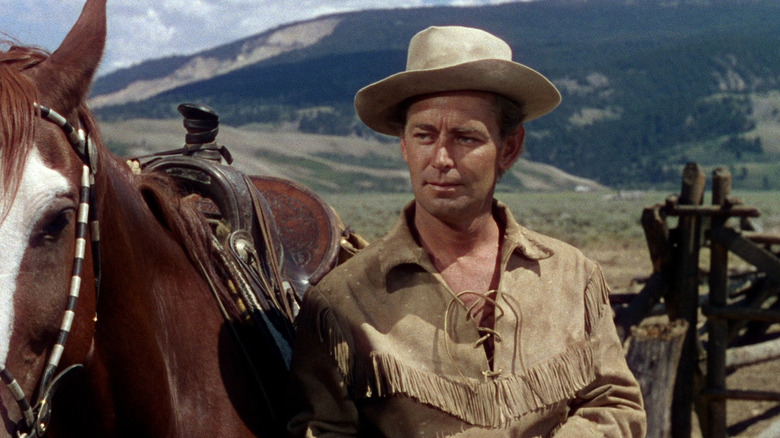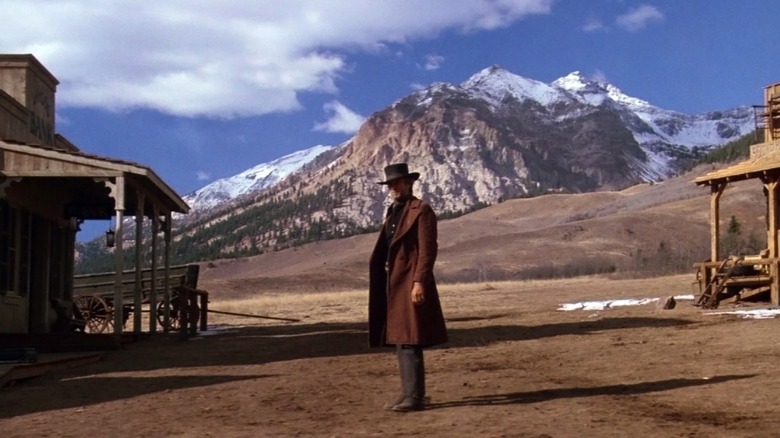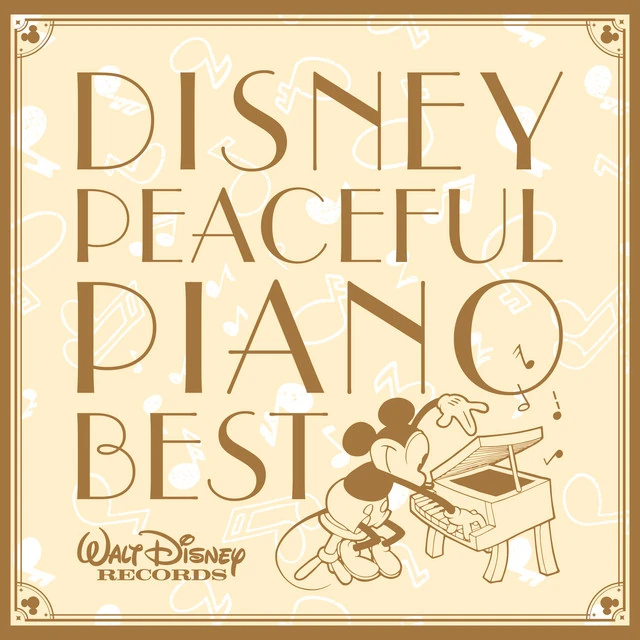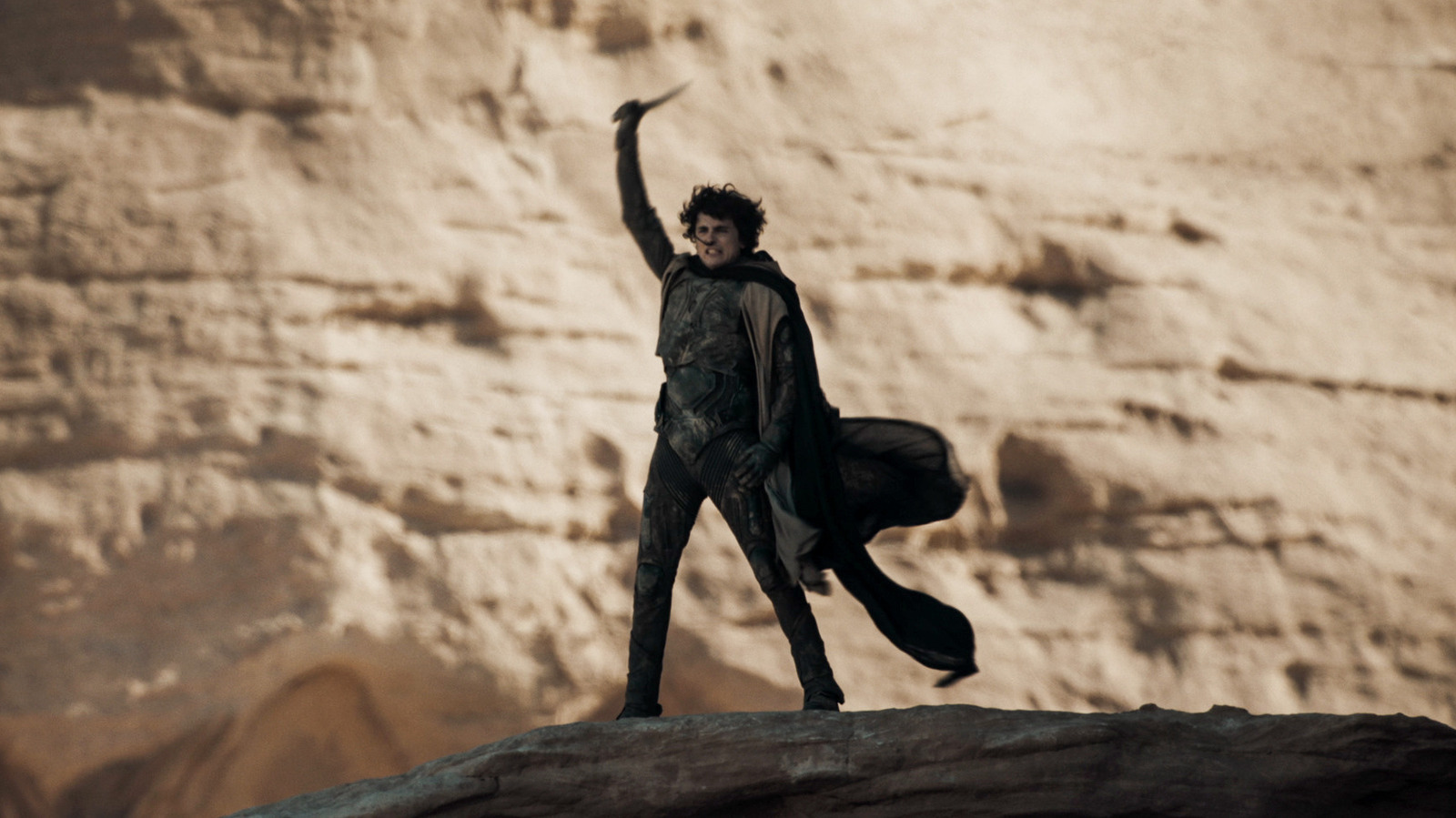The story might sound familiar. A small band of gold prospectors in the remote mountains of California fall foul of greedy mining kingpin Coy LaHood (Richard Dysart), who wants to drive them away so he can claim the land for himself. After LaHood's gang of ruthless desperados terrorize the camp, 14-year-old Megan Wheeler (Sydney Penny) prays for a miracle. She gets one in the form of the mysterious Preacher (Clint Eastwood), who rides into town just in time to save her mother's suitor Hull Barrett (Michael Moriarty) from a beating. LaHood ups the stakes by offering the prospectors an ultimatum before summoning Marshal Stockburn (John Russell) and his deadly deputies to settle matters once and for all. But Stockburn also has a reason to be fearful, for he suspects the Preacher may be a man he killed years before. "Pale Rider" was a substantial hit at the box office, and eagle-eyed viewers would have noticed its storyline bore a striking resemblance to the 1950s classic "Shane."
Clint Eastwood's Pale Rider Has A Lot In Common With This Classic Western

Paramount Pictures
Like many modern viewers, I found my way to "Shane" after seeing clips in "Logan." I always assumed it was some corny old oater, but George Stevens' classic tale is old-fashioned in the most positive sense and deserves its reputation as one of the best western movies of all time. Alan Ladd plays the title character, a wandering gunslinger who has sworn off violence but still packs his six-shooter. He arrives at the homestead of Joe Starrett (Van Heflin), a farmer living a sparse but happy existence with his wife Marian (Jean Arthur) and son Joey (Brandon deWilde). But trouble is brewing; avaricious rancher Rufus Ryker (Emile Meyer) wants to drive the Starretts and their fellow homesteaders off their patches so he can use their land for his cattle. When intimidation by his thuggish men doesn't work, Ryker escalates things by hiring Jack Wilson, a notorious quick-draw artist (Jack Palance).
It's probably fair to say that anybody who has watched a western movie, or indeed "Logan," will know where "Shane" is going. What surprised me was how effective it is. The story is simple but the characters are well-drawn, and the antagonism between the ranchers and the homesteaders unfolds in a realistic way. Despite the harassment from Ryker's men and a few punch-ups, nobody gets trigger-happy right away. Ryker even tries to employ Starrett and Shane before things get really serious.
When the shooting starts, it is sudden, loud, and final. Director George Stevens wanted to show audiences the real horror of violence, and he sure does a great job. Only about a dozen shots are fired in the movie, and every one hits home. He recorded gunfire in a garbage can to highlight its deafening power, and used wires to jerk his actors backwards realistically when they got shot. The movie was ahead of its time in this respect, and one particular slaying was as upsetting as any death I've seen in recent years.
Overall, "Shane" is a thoughtful and deeply engaging film that deplores violence while regretfully acknowledging that it was sometimes necessary on the old Frontier. It's beautifully shot, well-acted, and the slow pace allows the drama to settle in. The only downside is that kid and his whiny voice — I felt like hitting the mute button every time little Joey Jr. was on screen.

The Malpaso Company/Warner Bros.
"Pale Rider" is not a remake of "Shane," but let's just call it a homage. Clint Eastwood is a thoughtful filmmaker and it's unlikely he would have been unaware of the connections while putting his darker spin on a very similar story. In some senses, Eastwood's entire career in the genre has been a homage to previous films. It's fascinating to follow the links: John Ford influenced Akira Kurosawa, and in turn his samurai epics of the 1950s inspired Sergio Leone's "Dollars Trilogy" — in particular "A Fistful of Dollars," which copied "Yojimbo" to the extent that the Japanese studio filed a lawsuit. As Eastwood's career matured, his lone gunslingers in movies like "High Plains Drifter" were a rumination on his Man With No Name persona. This all culminated in Eastwood reckoning with the violent legacy of his earlier characters in "Unforgiven." Finally, things looped back around as "Unforgiven" was remade in Japan as a samurai movie.
Regarding "Pale Rider," it's fun to check off the similarities to "Shane." The basic story is essentially the same, with a mysterious stranger coming to the aid of a group of underdogs. Many of the beats are virtually identical; Preacher stays with a family and befriends the father figure, and the two men bond while trying to move a tricky object — a stubborn tree trunk in "Shane" and a large boulder in "Pale Rider." The guest is idolized by the child and there are unspoken feelings between the mother and the wandering stranger. A supporting character is gunned down from a raised vantage point, echoing the aforementioned killing in the earlier movie. Lastly, the Preacher finds a way to face the baddies alone for the final showdown before riding away again with the youngster calling after him.
"Pale Rider" isn't simply ripping off "Shane," however. Most westerns are archetypal stories and gain their strength from familiarity. Eastwood opts for a more somber approach, shooting in wintry hues rather than lustrous Technicolor to give the film a harder edge. Loading the Preacher with Biblical and supernatural overtones places an emphasis on death rather than life. This important shift makes "Pale Rider" a more violent and cynical film – there are more shots fired in the opening few minutes than the entirety of "Shane," giving the impression that deadly force is the status quo rather than a last resort.











